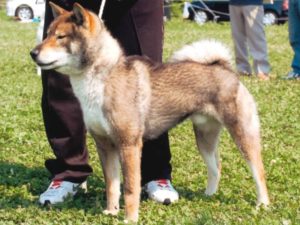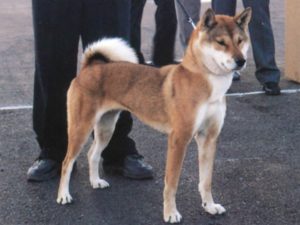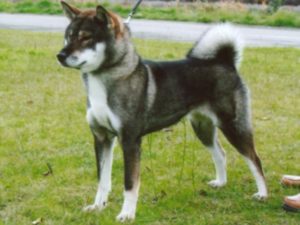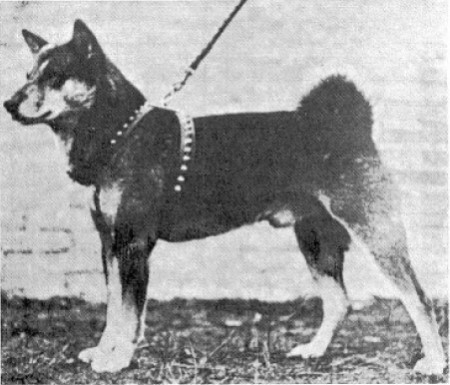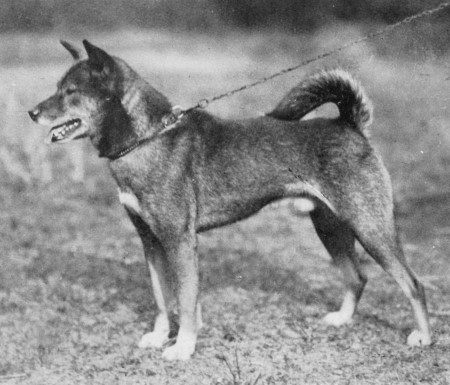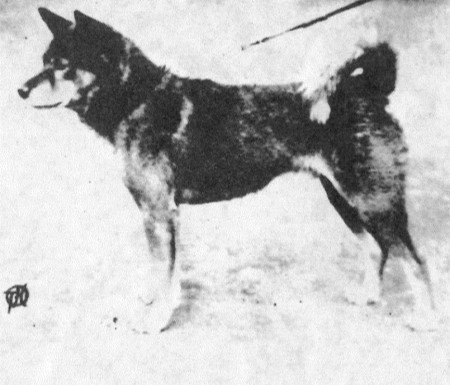
Shikoku Ken
Shikoku Ken
With a fearless expression, and a strong well constructed build, this is a breed that exudes spirit. In June 1937, it was designated as a national natural monument under the name "Tosa Inu''. However, because this could lead to it being confused with the Tosa Fighting Dog, and the breed was also found in other prefectures, from around 1932 it was referred to as the Shikoku Ken.
Excellent Shikoku Ken had survived in the mountainous areas of Shikoku, especially in the heart of the Ishizuchi mountain range's Honkawa Village in the Tosa District, as well as in parts of the Hata region on the Ehime Prefecture side. Described as a dog "light of foot'', it is agile and has excellent structure. Its fore and hind quarters have an almost wild animal like spring, and this along with its deep, keen, penetrating gaze gives the breed an irresistible charm. Overall, they are intelligent dogs attuned to their owners, and behaving accordingly.
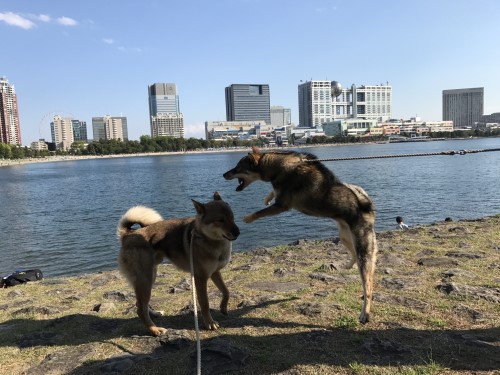 |
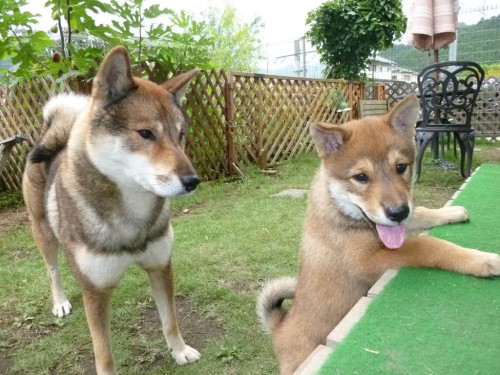 |
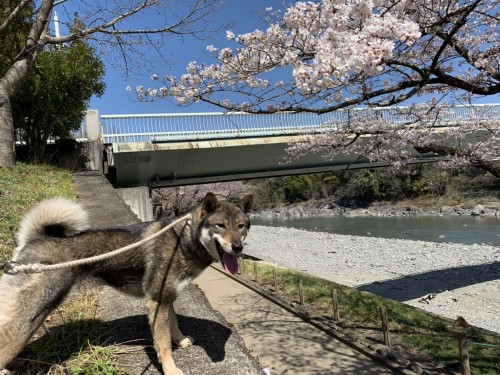 |
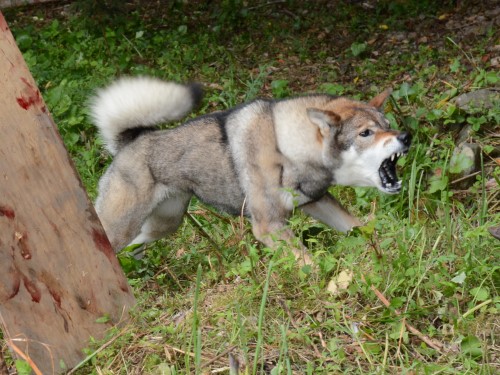 |

Standard Size
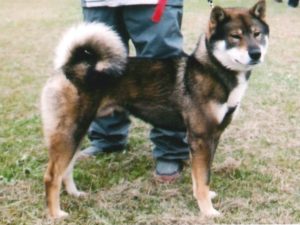 |
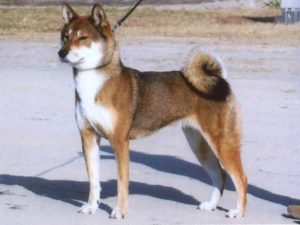 |
|
Male
Height: 52m (49cm to 55cm allowed) |
Female
Height: 49cm (46cm to 52cm allowed) |
*Height: Measured from ground to shoulder


Famous Shikoku Ken
Kusu Go received the Minister of Education Award in 1936, followed by Goma Go in 1937, and Choshun Go in 1938. Although Kuma Go did not win the Minister's Award, he is included among these four legendary dogs, still talked about to this day, that represent the early history of the Shikoku Ken in NIPPO. It can be said that there are no Shikoku Ken today that do not owe their lineage to these four breed founders.

